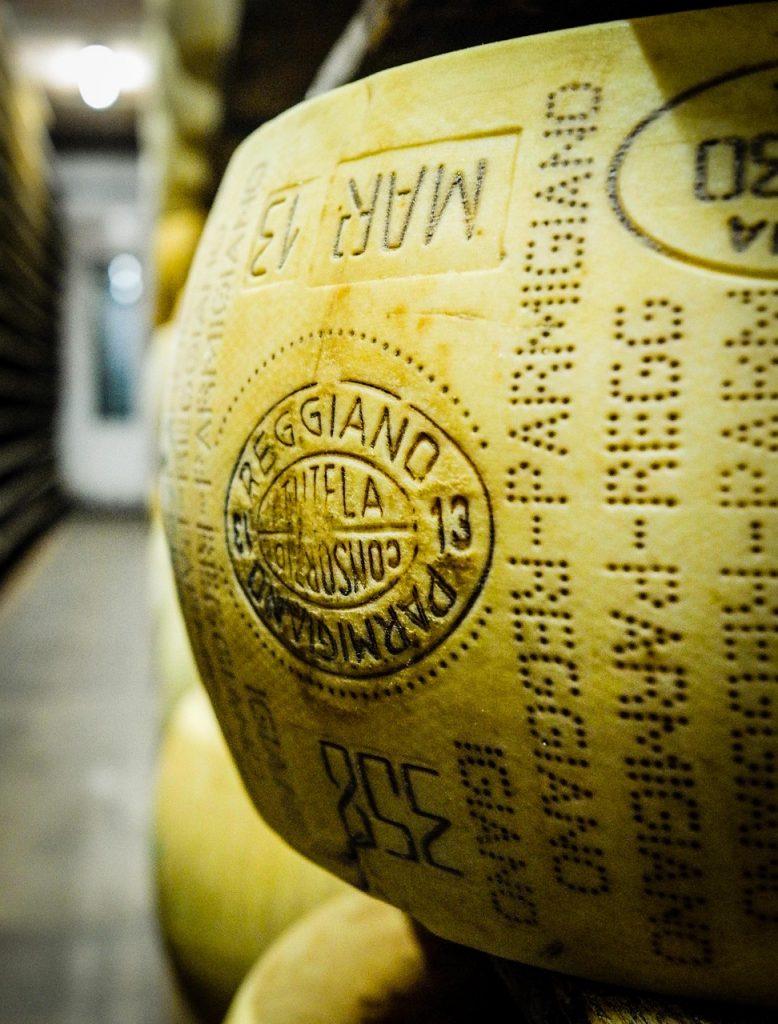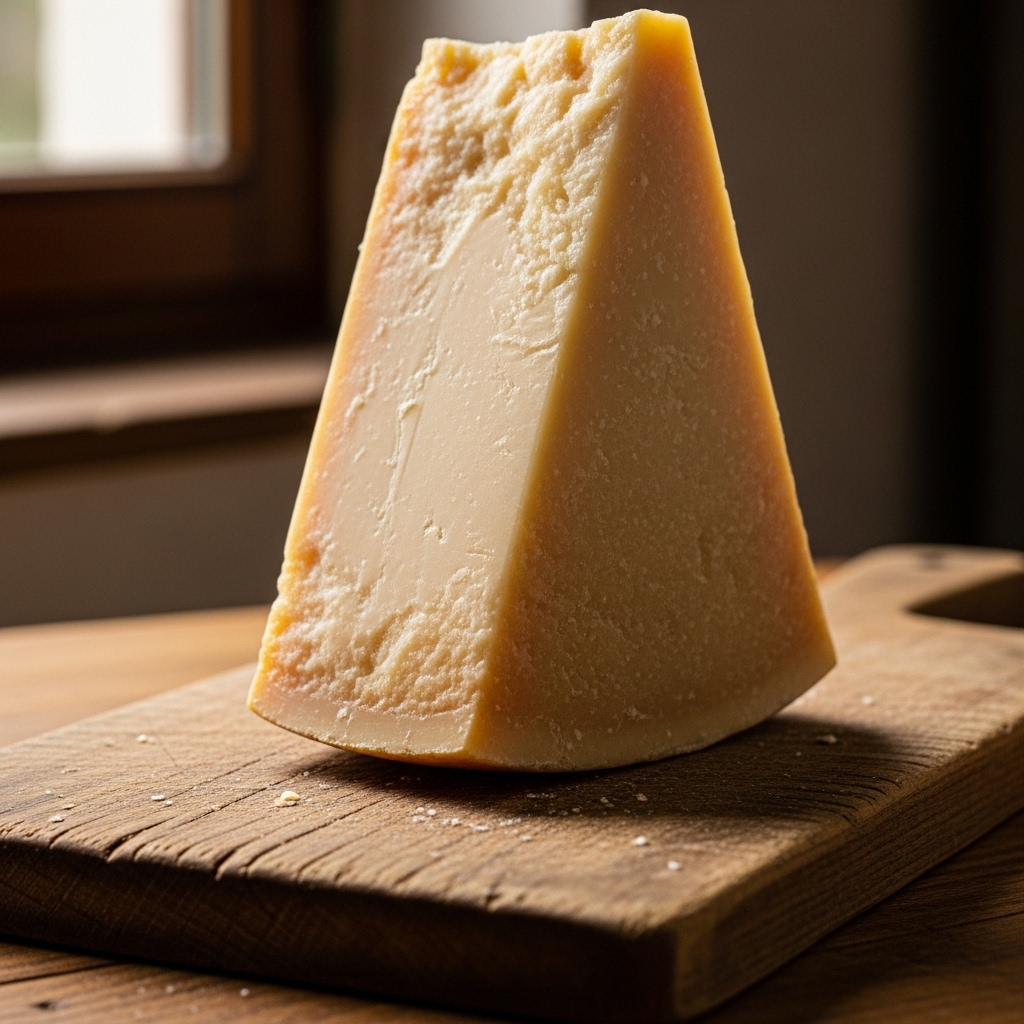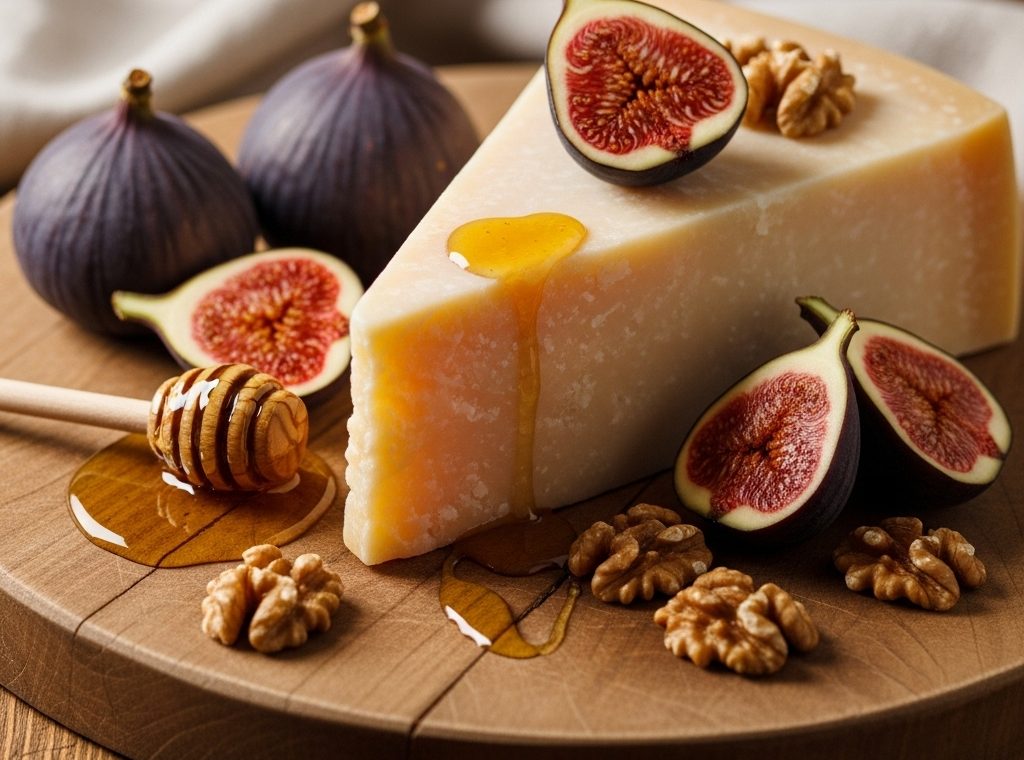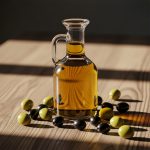If there is one cheese that represents the excellence of Italian gastronomy, it is undoubtedly Parmigiano Reggiano. Known as the “king of cheeses”, its unmistakable flavor, its grainy texture and its centuries-old history have made it a true symbol of Italian cuisine.
But what makes this cheese so special? In this article, I will tell you about its origin, how it is made, its health benefits and its many uses in the kitchen.

Where does Parmigiano Reggiano come from?
Parmigiano Reggiano has a history of more than 900 years. Its origins date back to the Middle Ages, when Benedictine and Cistercian monks in the Emilia-Romagna region (northern Italy) began to produce a cheese with a long shelf life and exceptional flavor.
Since then, its recipe has remained practically unchanged, becoming a product protected by the Protected Designation of Origin (PDO), which guarantees its authenticity and quality.
Today, it can only be produced in the provinces of Parma, Reggio Emilia, Modena, Bologna and Mantua, using traditional methods and milk from naturally fed cows.
How is Parmigiano Reggiano Reggiano produced?
The production process of Parmigiano Reggiano follows strict quality controls and can take up to 4 years from production to consumption.
Milk selection
It is made with raw cow’s milk, without additives or preservatives. A mixture of the milk milked at night, which is left to stand until the next morning, and the fresh milk from the morning milking is used.
Coagulation and curdling
It is heated in huge copper cauldrons and natural rennet is added. The curdled milk is then broken into small grains with a tool called a spino.
Cooking and molding
The mixture is heated to 55°C, which allows the grains to come together to form a large mass that is then cut in two and placed in circular molds.
Salting and ripening
The cheeses are soaked in brine for about 20 days and then left to mature in temperature and humidity controlled cellars.
Each cheese must age a minimum of 12 months, although some reach 24, 36 or even 48 months. The longer it matures, the more intense and complex its flavor will be.
Only cheeses that pass strict controls receive the Consorzio del Parmigiano Reggiano seal of quality, which certifies their authenticity.
Differences between Parmigiano Reggiano and other cheeses
Parmigiano Reggiano PDO should not be confused with generic “Parmesan”, a lower quality cheese that is produced outside Italy and does not follow the traditional process.
–Raw vs. pasteurized milk: Parmigiano is made with raw milk, which gives it a more authentic flavor.
–Long maturation: Unlike other similar cheeses, its prolonged maturation gives it a greater complexity of aromas.
–No additives: It is a 100% natural product, without preservatives or colorants.
Nutritional Properties and Health Benefits
Parmigiano Reggiano is not only delicious, but also a highly nutritious food.
1.Rich in high quality proteins
It contains up to 33% protein, which makes it an excellent source of essential amino acids, ideal for athletes and people with high protein diets.
2. Easy to Digest
Thanks to its long maturation, lactose is naturally broken down, making it suitable for lactose intolerant people.
3. High in Calcium and Phosphorus
It is a fundamental food for bone health, as it provides large amounts of calcium and phosphorus, essential for maintaining strong bones and teeth.
4. Great Source of Vitamins
It is rich in vitamins A, B2 and B12, essential for energy metabolism and nervous system health.
5. Low Fat and No Preservatives
Despite being a cured cheese, it has less fat than other similar cheeses, and its production process is completely natural.
How is it used in the kitchen?
Parmigiano Reggiano is a versatile ingredient that can be enjoyed in many ways.
–Pastas and risottos: Grated over a good pasta dish, such as the classic spaghetti alla carbonara or risotto al parmigiano.
–Salads: In the famous Caprese salad or arugula with pears and walnuts.
-Appetizers: Sliced on toasted bread with honey or figs.
–Soups and broths: A piece of Parmigiano rind gives an incredible flavor to homemade soups and broths.
–Wine pairing: Pairs perfectly with full-bodied red wines such as a Chianti, Barolo or Brunello di Montalcino.
-Snack: Simply in pieces with a little balsamic vinegar, a delight!

How to preserve Parmigiano Reggiano?
To maintain its flavor and texture, it is important to store it correctly:
–the refrigerator: Wrap in waxed paper or a cotton cloth in an airtight container.
–Avoid humidity: Do not store it in plastic or leave it in the open air, as it may dry out too much or develop mold.
–Freezing: If you want to keep it longer, you can grate it and freeze it without losing flavor.
Conclusion:
Parmigiano Reggiano is much more than a cheese: it is a product with centuries of history, an emblem of Italian tradition and an incredibly healthy food. Its unmistakable flavor and versatility in the kitchen make it a must in any pantry.
If you have not yet tried it in its purest form, I invite you to do so! A piece of Parmigiano Reggiano with a few drops of balsamic vinegar can be one of the simplest yet most exquisite gastronomic experiences.
Are you a Parmigiano Reggiano lover, how do you like to enjoy it, tell me in the comments and share your favorite recipe!
💛 With love, your Neapolitan girl.




